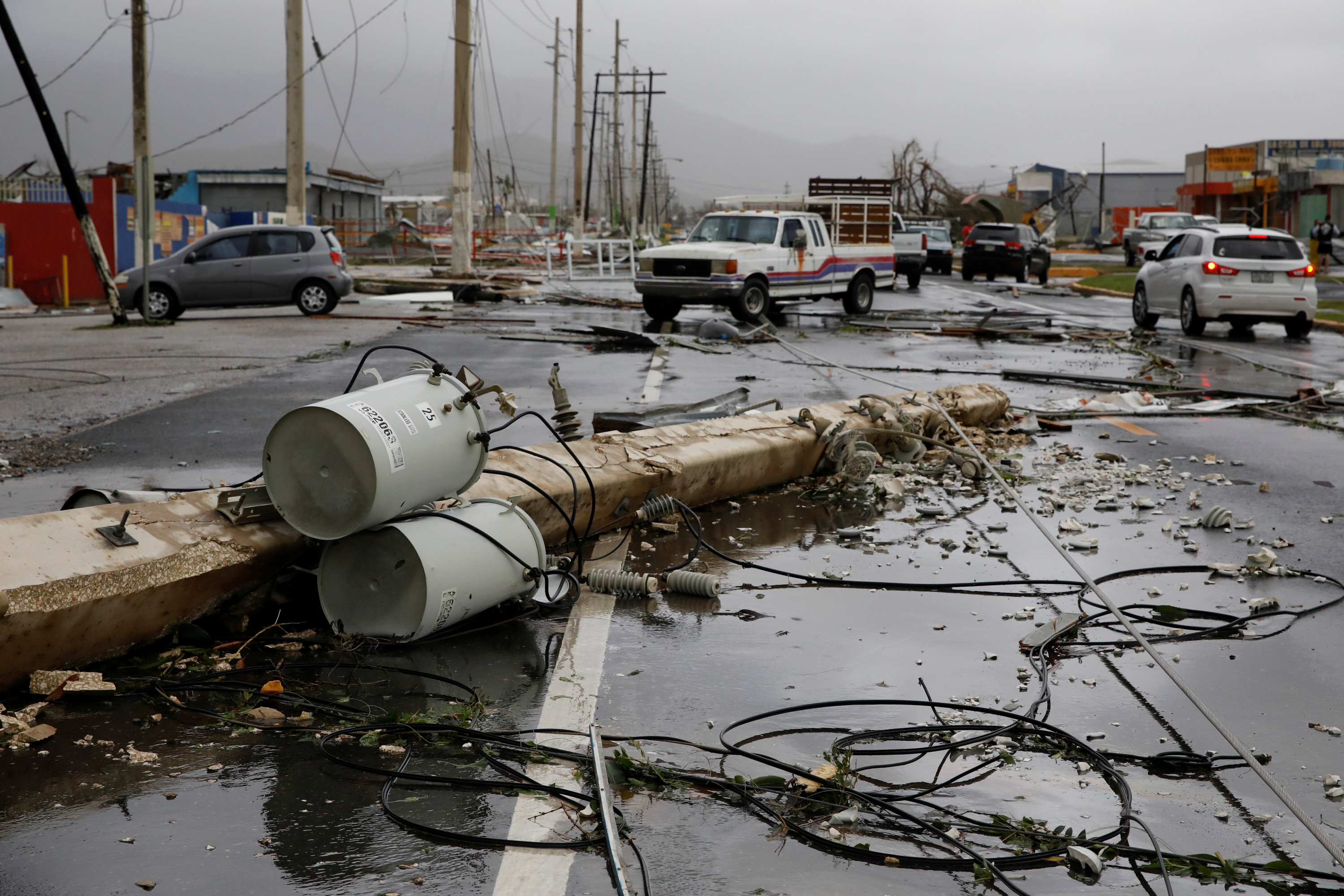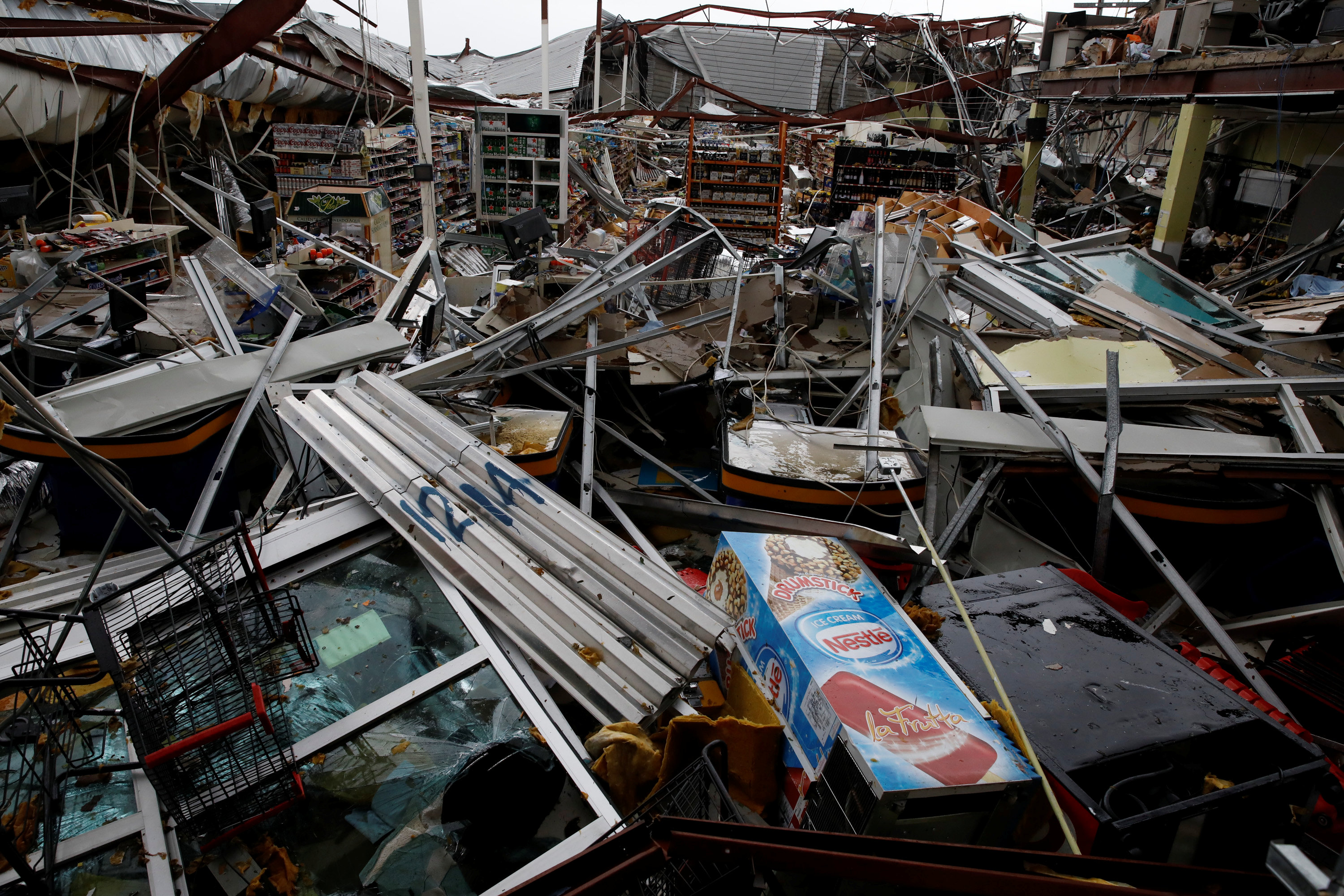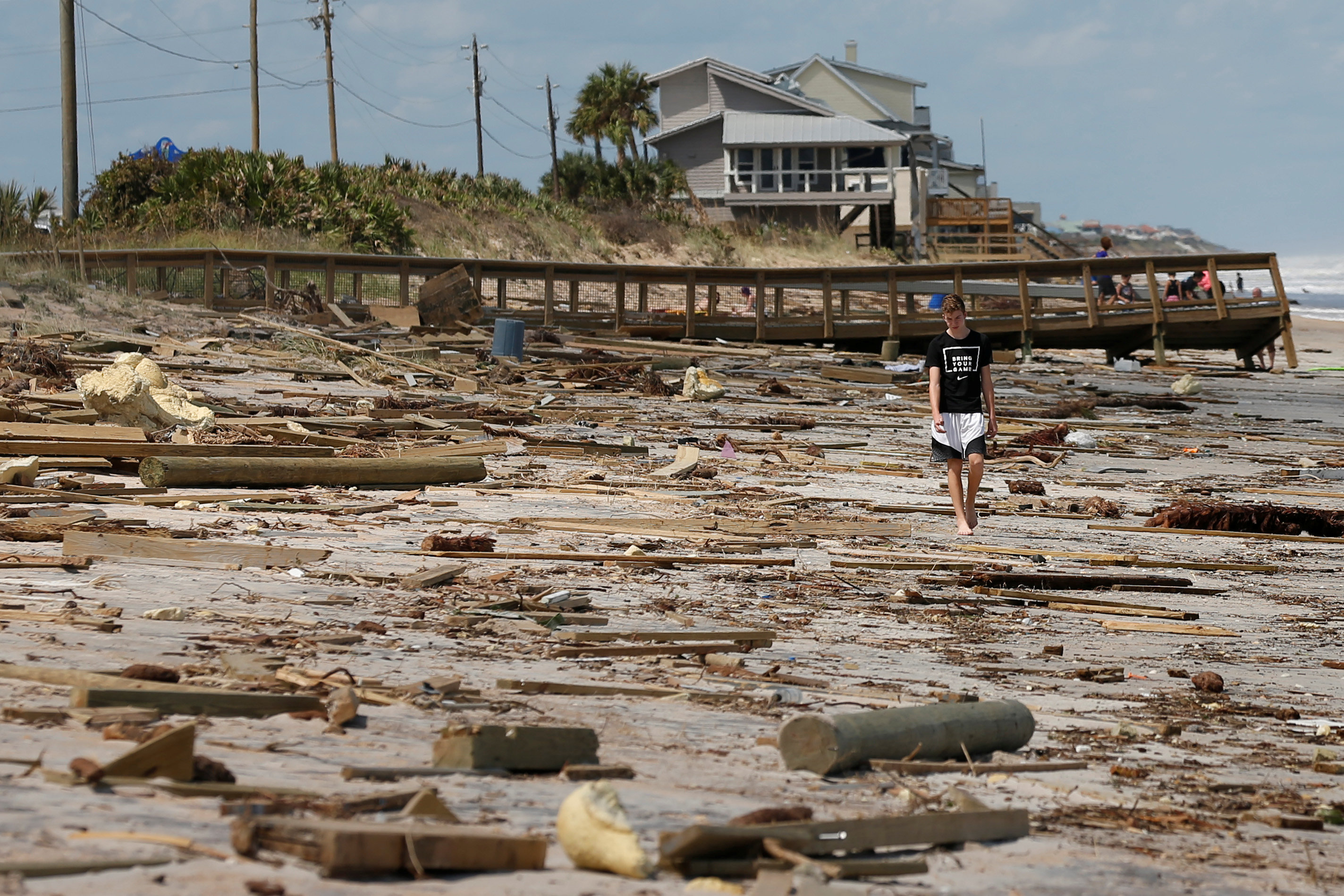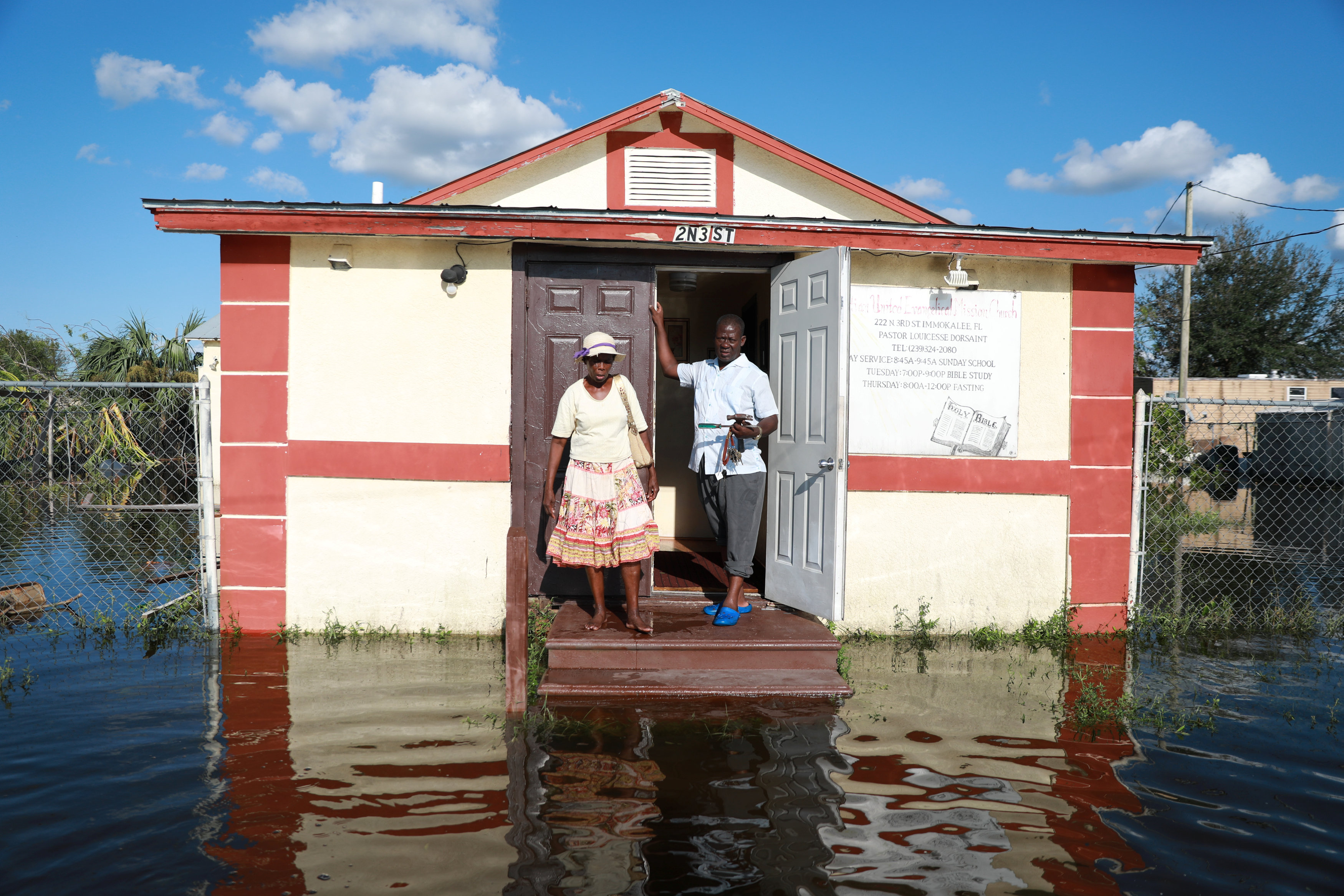
By Ruthy Munoz
HOUSTON (Reuters) – Corporate donations for Hurricanes Harvey and Irma relief funds totaled nearly $225 million by Friday and pledges continued to be made, the U.S. Chamber of Commerce Foundation said.
Automakers and energy companies, some of them affected by the most powerful storm to hit Texas’ Gulf Coast in 50 years, are among the prominent corporate donors. Texas, the biggest oil-producing state, was pummeled by Harvey when it made landfall as a powerful Category 4 hurricane and proceeded to dump more than 50 inches of rain on the Houston region.
In all, around 90 businesses have donated at least $1 million each, Bailey Jacobs, a spokeswoman for the Chamber of Commerce Foundation.
Phillips 66 donated $4 million, an amount divided among the American Red Cross, Rebuild Texas Fund and United Way of Greater Houston, the company said in a statement. Mining and energy company BHP Billiton PLC’s foundation donated $1.25 million to the American Red Cross, said James Ensor, BHP Billiton Foundation executive officer and president.
Some companies have donated to Rebuild Texas Fund, started by computer magnate Michael Dell in collaboration with OneStar Foundation. It received pledges for $68.6 million as of Friday, according to its website. The fund aims to raise $100 million to rebuild communities in Texas affected by Harvey.
BP donated 200,000 gallons of fuel to the city of Houston and Harris County’s emergency management office to help with clean-up efforts and donated $750,000 for food, water, shelter and health services for flood victims, a spokesman said in a statement.
Automaker Ford Motor Co and its dealers donated more than $3.5 million in disaster relief and $500,000 to the Red Cross, a spokesman said in a statement. Chevrolet, a division of General Motors Co, donated $1 million to Habitat for Humanity, said spokesman James Cain. Ford, Fiat Chrysler Automobiles , GM and Hyundai Motor Co offered discounts for customers needing to replace flooded vehicles, the companies said in separate releases.
Donations also are being funneled to storm-hit areas of Florida and the Caribbean.
“Companies are tailoring their responses to each disaster to ensure they are supporting the communities in need,” said Chamber of Commerce Foundation spokesman Marc DeCourcey.
Celebrities contributing to hurricane relief efforts include Houston Texans’ football player J.J. Watt, actor Sandra Bullock, and singers Beyonce Knowles and Janet Jackson. Watt’s Houston Flood Relief Fund had $37 million worth of pledges on Friday, bringing the total of corporate and celebrity donations to over $300 million.
(Reporting by Ruthy Munoz; Editing by Marcy Nicholson and Leslie Adler)















